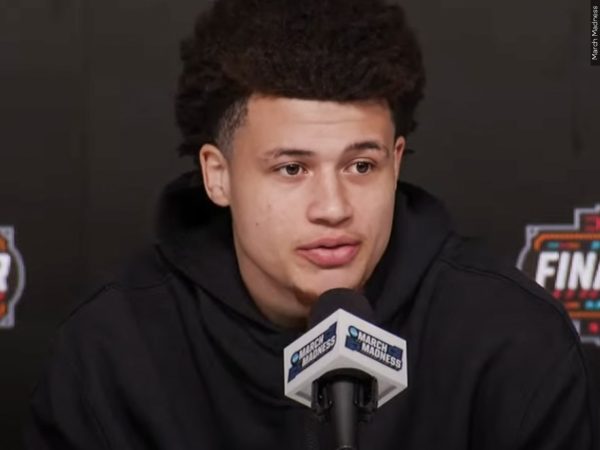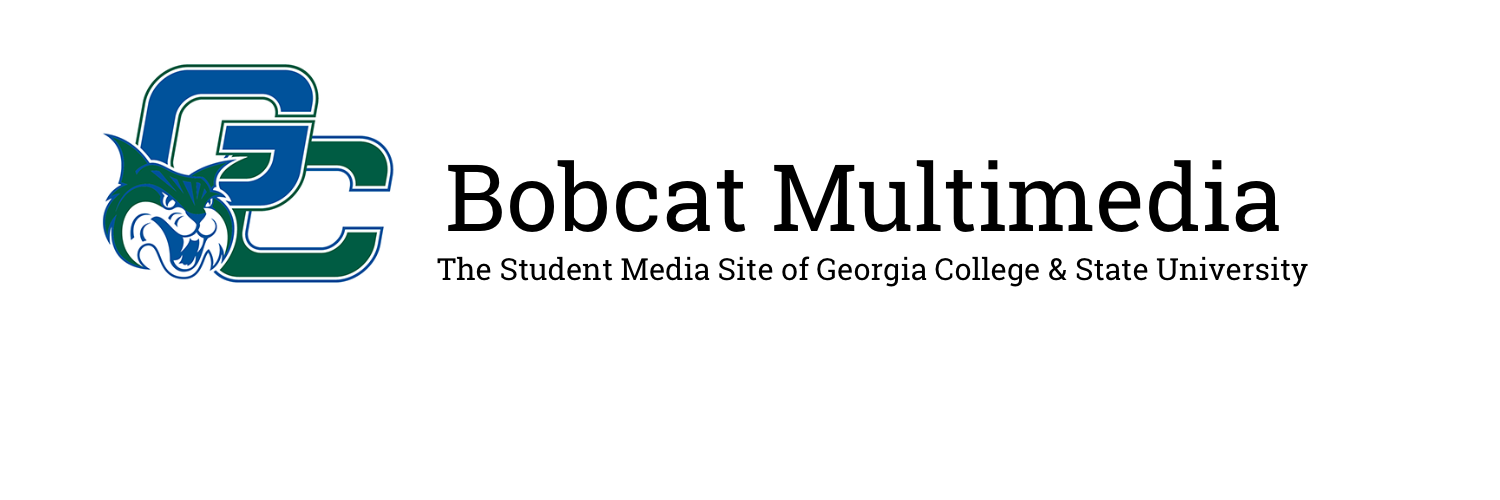
The 2025 NCAA March Madness Basketball Tournament concluded with the Florida Gators winning their third national title, narrowly defeating the Houston Cougars 65–63 in a thrilling championship game. This victory marked Florida’s first national championship since its back-to-back titles in 2006 and 2007.
The tournament was notable for its predictability, with all four No. 1 seeds, Florida, Houston, Duke and Auburn, advancing to the Final Four. In the final, the Gators overcame a 12-point second-half deficit, with Walter Clayton Jr. earning the Most Outstanding Player honors for his pivotal role in the comeback.
March Madness often serves as a showcase for NBA prospects, and this year was no exception. Florida’s Alex Condon, a 6’11” forward, declared for the 2025 NBA Draft while retaining college eligibility. Condon averaged 10.6 points, 7.5 rebounds, and 1.3 blocks during the season, contributing significantly in the championship game with 12 points, seven rebounds and four steals.
Cooper Flagg had a standout showing during the 2025 NCAA Tournament, living up to the immense hype surrounding his freshman season at Duke. Throughout the tournament, he averaged 19.5 points, 7.8 rebounds, 5.3 assists and 1.8 blocks per game, demonstrating his all-around versatility and dominance in the paint.
“From March Madness, I would call it the Cooper Flagg sweepstakes,” said Andrew Harrison, a junior accounting major. “At this stage, the discussions around players in the draft outside the projected number 1 pick are not as common. I think for the most part the tournament went as expected, but in terms of the players, Cooper Flagg is going number 1 in the draft, and most other players won’t be super relevant.”
In the Elite Eight, Flagg demonstrated a high level of play with a 16-point game against Baylor that helped secure Duke’s trip to the Final Four. His versatility as an offensive and defensive player showed that he will likely be a top-two pick in the upcoming NBA Draft.
The draft begins with a lottery to determine the order of the first 14 picks. Only teams that missed the playoffs are entered into the lottery, and the worse a team’s record, the better its odds of securing a top pick. As of the current system, the three worst teams each have a 14 percent chance of winning the first overall pick.
“The whole reason that they implemented this system is that when a team is really bad, there is no incentive for them to get a better pick,” said Cooper Treadaway, a junior business administration major. “The issue is that when the worst teams in the league don’t get the #1 pick, they will just perform horribly in the next season. Personally, I do prefer a lottery, just because it’s funny and it tends to shake things up.”
The March Madness tournament continues to influence NBA scouting and draft decisions. While a single tournament performance doesn’t define a player’s career, strong showings can elevate draft placement. However, underwhelming performances can prompt reevaluations and often lead to a lower draft placement.
The evolving landscape of college basketball is changing its relationship with the NBA. With the introduction of Name, Image and Likeness, NIL, deals, players now have financial incentives to stay in college longer. This could lead to more experienced players entering the NBA draft. Additionally, the G League Ignite and international leagues offer alternative paths to professional basketball, creating a more diverse talent pool and changing scouting strategies.
Florida’s championship run in the 2025 March Madness Tournament not only added to the program’s deep history but also highlighted the tournament’s ongoing role as a critical step for aspiring NBA talent. As the basketball landscape continues to evolve, March Madness remains a pivotal event for players, as it provides a chance at stardom and possible entry into the NBA draft later down the line.

